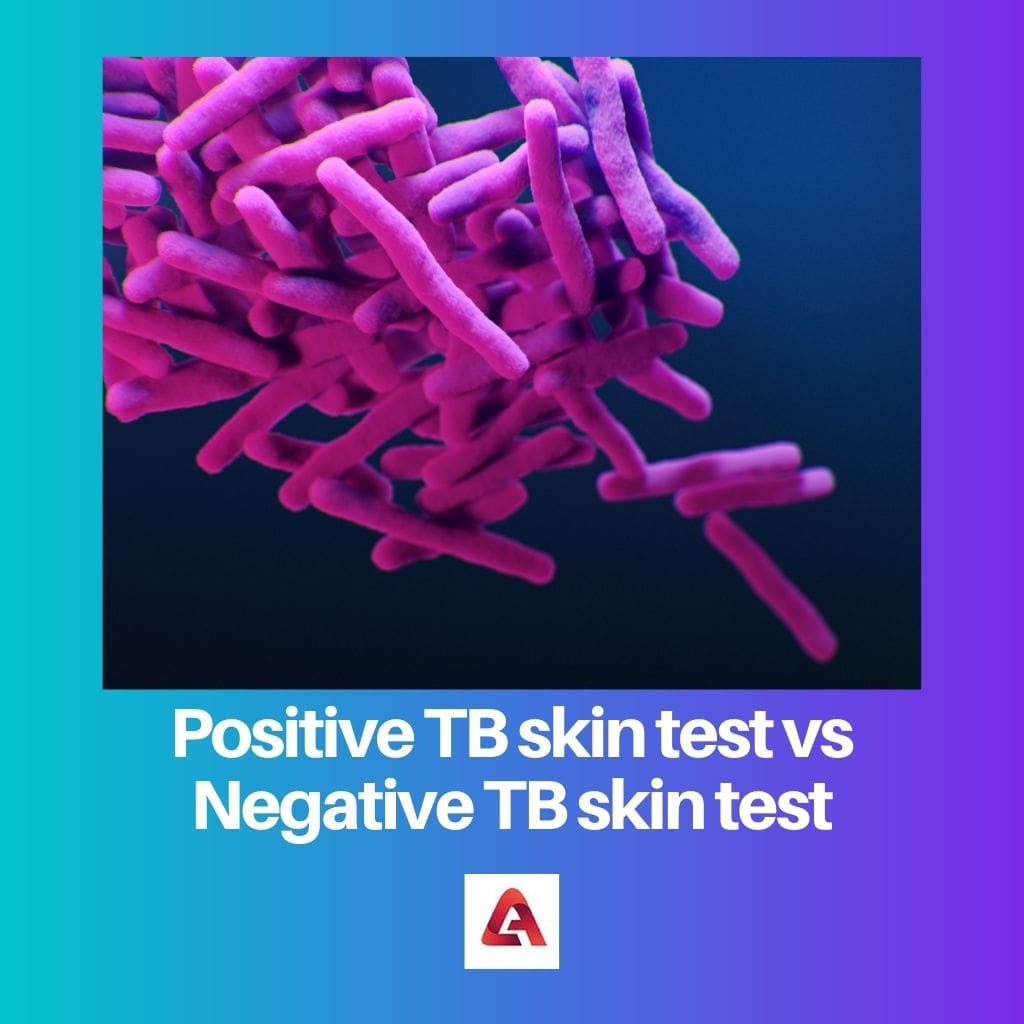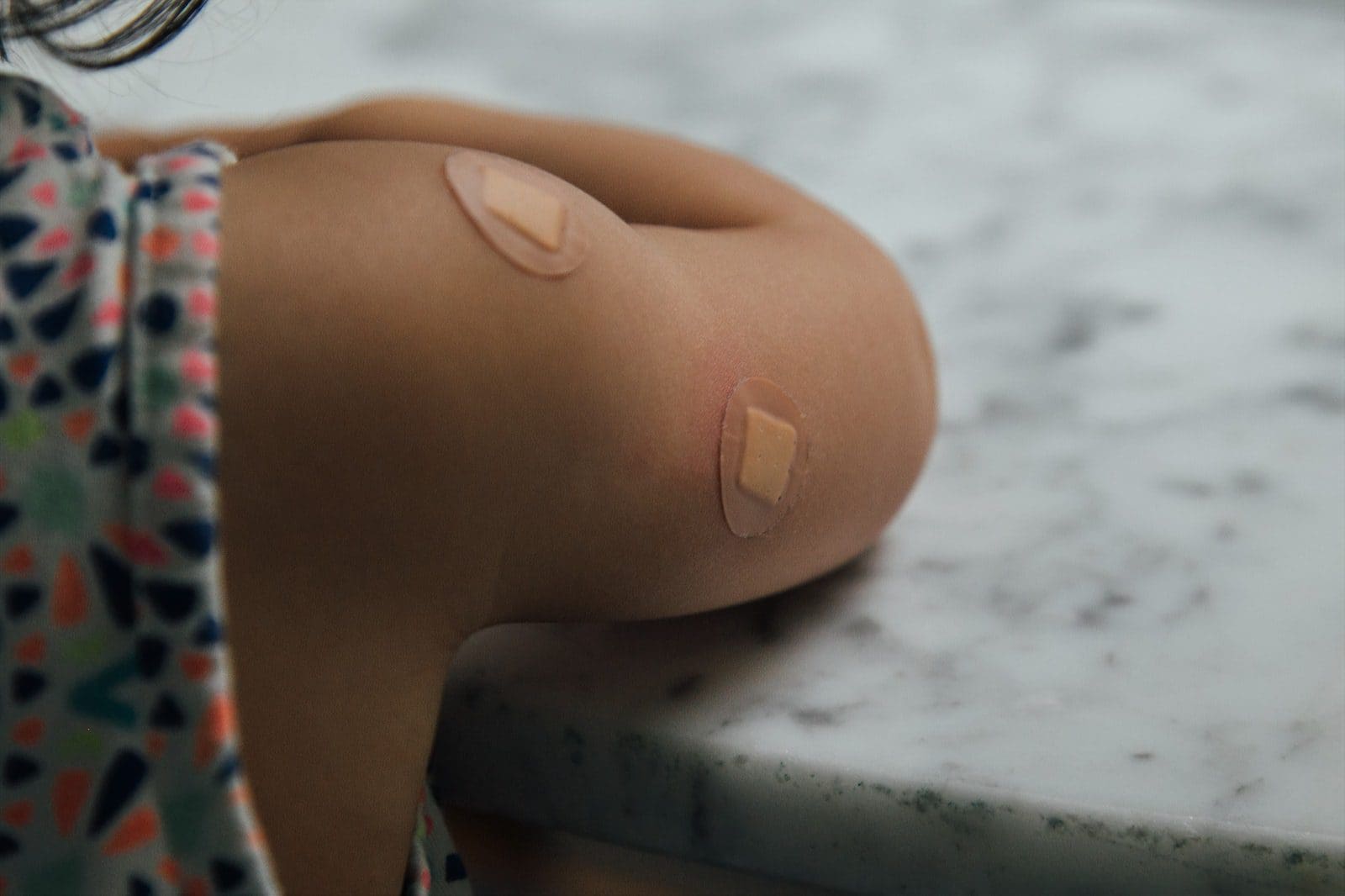Tuberculosis is among the most dangerous diseases in the world. This disease has impacted one-fourth of the world’s population. It is transmissible and a matter of utmost concern.
Often referred to as TB, it is an infection caused by bacteria and transferred through the air.
TB skin test stands for Tuberculosis skin test. It is also known as the Purified Protein Derivative (PPD) or Tuberculin test.
This test discovers whether a person has evolved a resistant reaction to the bacterium that seeds tuberculosis.
Since the bacteria are sleeping, the people infected with Tuberculosis might not have any symptoms.
Key Takeaways
- A positive TB skin test indicates exposure to the tuberculosis bacterium but does not confirm active tuberculosis infection.
- A negative TB skin test suggests a person has not been exposed to the bacterium or their immune system did not respond to the test due to various reasons.
- Further testing, such as a chest X-ray or sputum culture, is necessary to confirm active tuberculosis infection in individuals with a positive skin test.
Positive TB Skin Test vs Negative TB Skin Test
A positive TB Skin Test is a situation where an individual has been affected by tuberculosis causing bacteria, and with this, a raised area appears between the range of 6mm to 10mm. Negative TB Skin test is when an individual hasn’t been hit by the tuberculosis bacteria and there’s no raised area.

Comparison Table
| Parameter of Comparison | Positive TB Skin Test | Negative TB Skin Test |
|---|---|---|
| Definition | It is a positive TB skin test when a person has been exposed to tuberculosis-causing bacteria. | It is a negative TB skin test when a person has not been exposed to tuberculosis-causing bacteria. |
| Raised area | If the TB skin test is positive, there will be a raised area. | If the TB skin test is negative, a raised area might not exist. |
| Raised area diameter | The raised area will be 6mm-10mm in diameter in a positive skin test. | The raised area will be less than 5mm in a negative skin test. |
| False results | A person might have false positives if he had taken the BCG vaccine earlier. | A person may have false negatives if he is very sick or diagnosed with HIV. |
| Recommendation | Once the result of a positive skin test has been confirmed, treatment should begin. | Testing should be done again if a person has symptoms but the result is negative. |
What is Positive TB Skin Test?
When Tuberculosis causing bacteria is present, it is a positive TB skin test. The result doesn’t state if the diseased person has a latent infection, which is referred to as LTBI or has active TB.
Further testing is required to indicate that.
A liquid named Tuberculin is put into the forearm’s skin for this test. After 2-3 days, a health professional checks that part for a raised area that can show the presence of TB bacteria.
If the bacteria are present, the skin in which the liquid is put will harden and swell. It might become red as well.
It is the size of the raised area that decides the results. If the diameter of the raised area is less than 5mm, the person is negative for TB.
If its size is at least 5mm, it is a positive TB result, and it may signify that the infected person had TB previously or was HIV-positive, or he had an organ transplant or had been in contact with someone who had TB.
If the size of the bump is at least 10mm, it may signify that the infected person is a child under four or the person was in an environment that was at high risks, such as a medical laboratory or hospital.
The size of the bump can also be up to 15mm, which is also a positive TB test.

What is Negative TB Skin Test?
It is a negative TB skin test when a person has not been exposed to tuberculosis-causing bacteria. In such a case, there might not be a raised area, or if there is one, its diameter will be less than 5mm.
Sometimes, there are cases when a person is infected with TB, but the result is negative. Directing a test incorrectly or wrongly interpreting the result may lead to a false negative TB test.
Children might show a negative TB result even if infected with TB. An organ transplant or certain immune system conditions may also indicate a false negative test.
A person may not test positive for the test if he has been infected with TB in the past few days.
If a person has symptoms, but the result is negative, he should get himself tested again. He can either go for a second skin test or a blood test also.

Main Differences Between Positive TB Skin Test and Negative TB Skin Test
- If tuberculosis-causing bacteria are present, it is a positive TB skin test; if tuberculosis-causing bacteria are absent, it is a negative TB skin test.
- In the case of a positive TB skin test, there will be a raised area, also known as a bump in the injected area, which is not the case in a negative TB skin test.
- If the size of the bump is less than 5mm, it might be a negative TB skin test; if its diameter is more than 5mm, it is a positive TB test.
- The result might be a false positive if the person had taken the BCG vaccine earlier.
- A person may have false negatives for various reasons, such as being sick or
- being diagnosed with HIV.
- Once positive skin test results are confirmed, treatment should begin.
- If the result is negative, but the person has symptoms, testing should be done again.

- https://www.sciencedirect.com/science/article/pii/S2213260016304362
- https://ajph.aphapublications.org/doi/abs/10.2105/AJPH.88.5.792

While the focus is on TB skin testing, the article also covers factors influencing false results and considerations for repeated testing. This broad perspective is highly informative.
The comprehensive insights provided in this article about TB skin testing contribute to raising awareness and understanding, underscoring the importance of accurate testing methodologies.
This article effectively communicates the necessity of further testing to confirm TB infection, encompassing the multifaceted aspects of TB skin testing. It’s enlightening.
The article provides a thorough understanding of what constitutes a positive and negative TB skin test, helping readers comprehend the significance of each result. Very informative.
It’s so crucial to have accurate diagnostic methods for TB, especially given the potential for false positives and negatives. Great job at summarizing the key takeaways of this issue.
The article sheds light on the complexity of interpreting TB skin tests. The in-depth explanation of positive and negative results is crucial in understanding the nuances of TB diagnosis.
This article provides valuable information on the impact of Tuberculosis and its diagnosis through the TB skin test. It’s an important topic that needs to be discussed more widely.
The comparison table is incredibly useful in differentiating between positive and negative TB skin tests. It’s impressively detailed and informative.
I appreciate the clear explanation of the elevated area sizes and their implications in TB skin testing. It makes the information more accessible to a wider audience.
The detailed descriptions of positive and negative TB skin tests enhance comprehension of important medical concepts. The practical implications highlighted contribute to the article’s value.